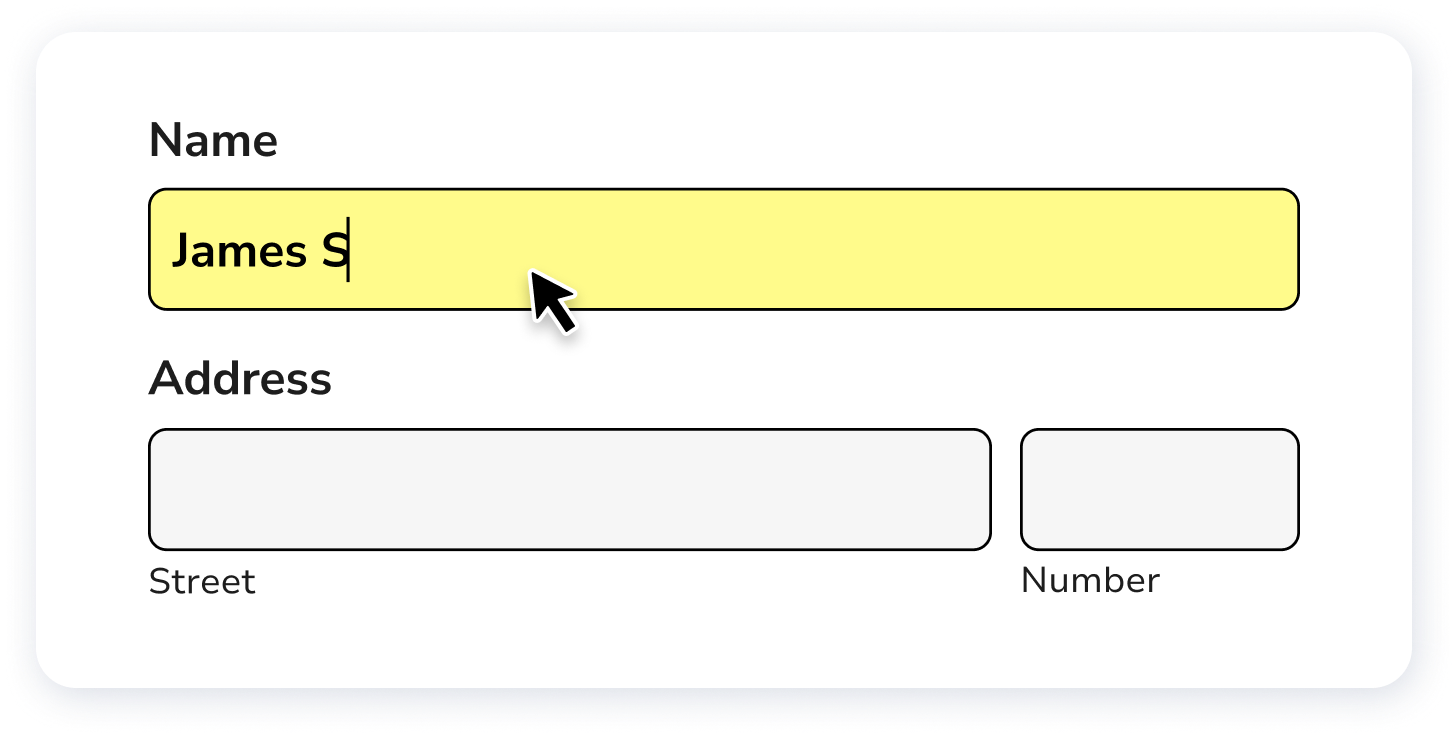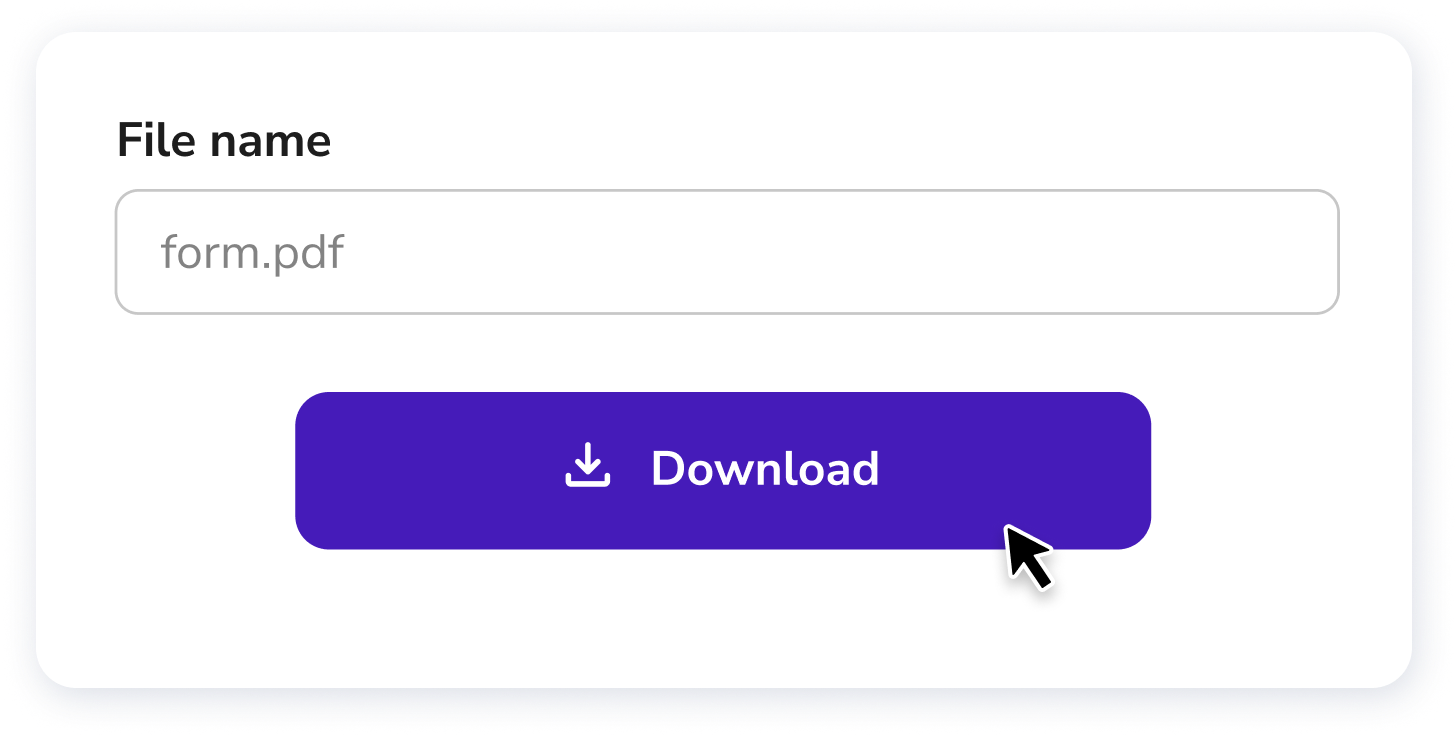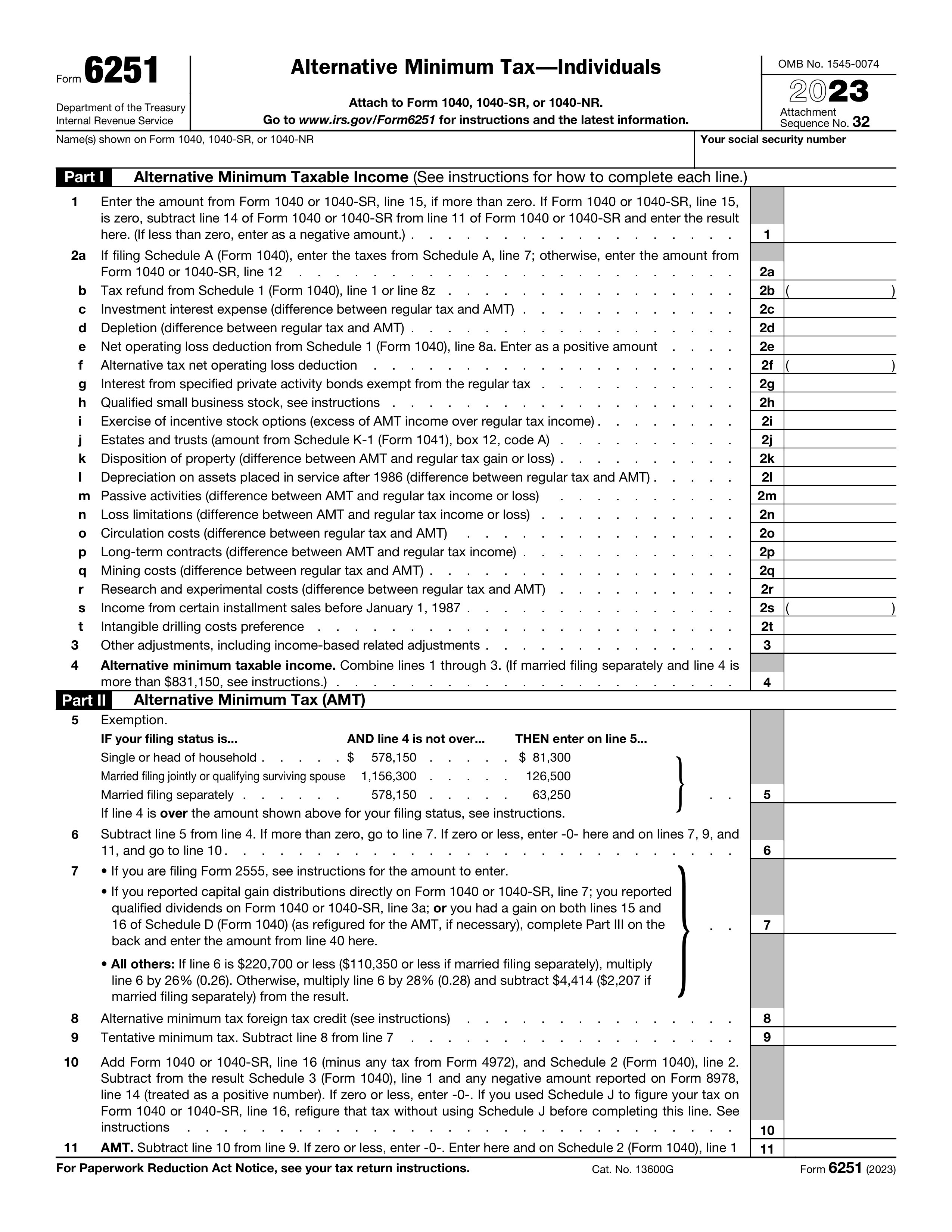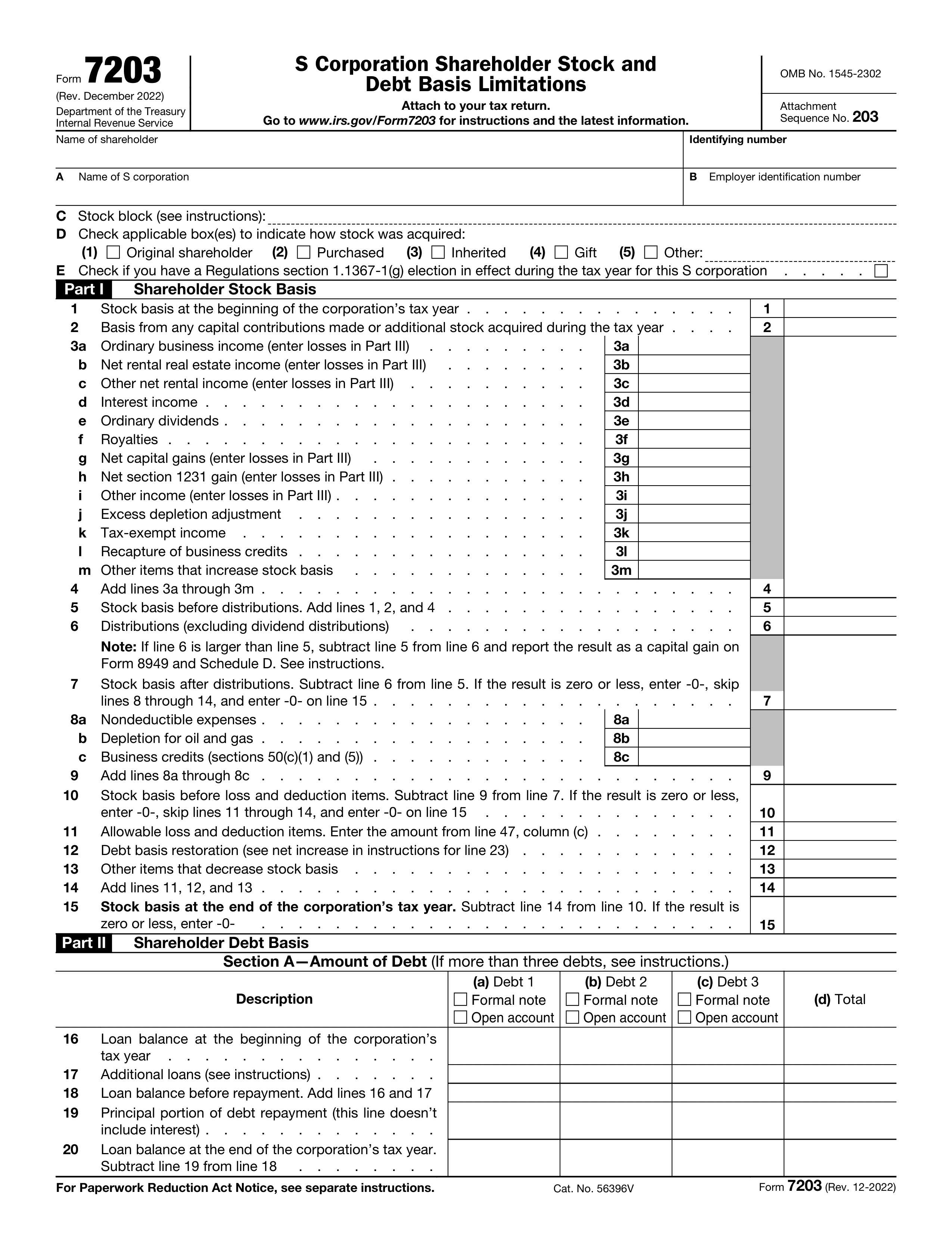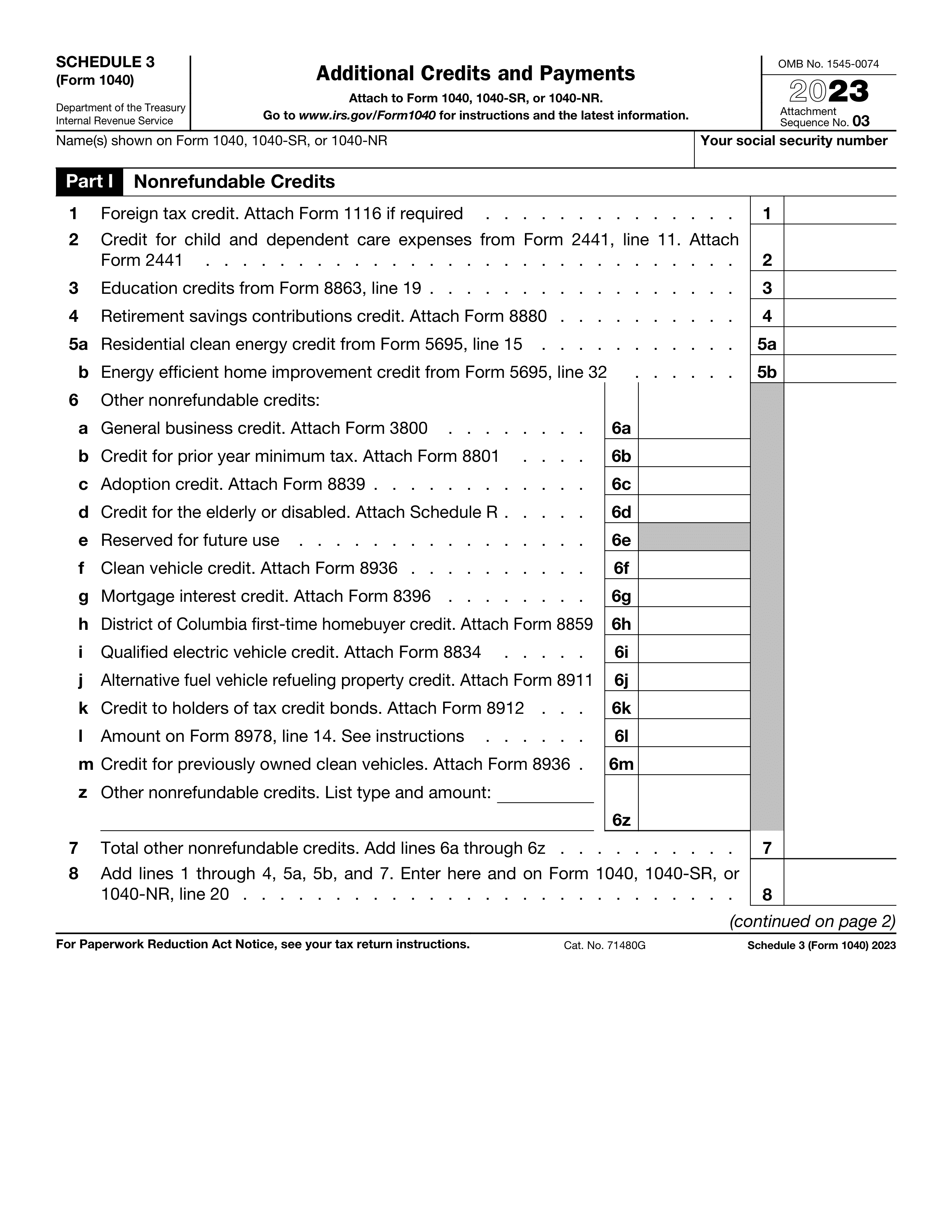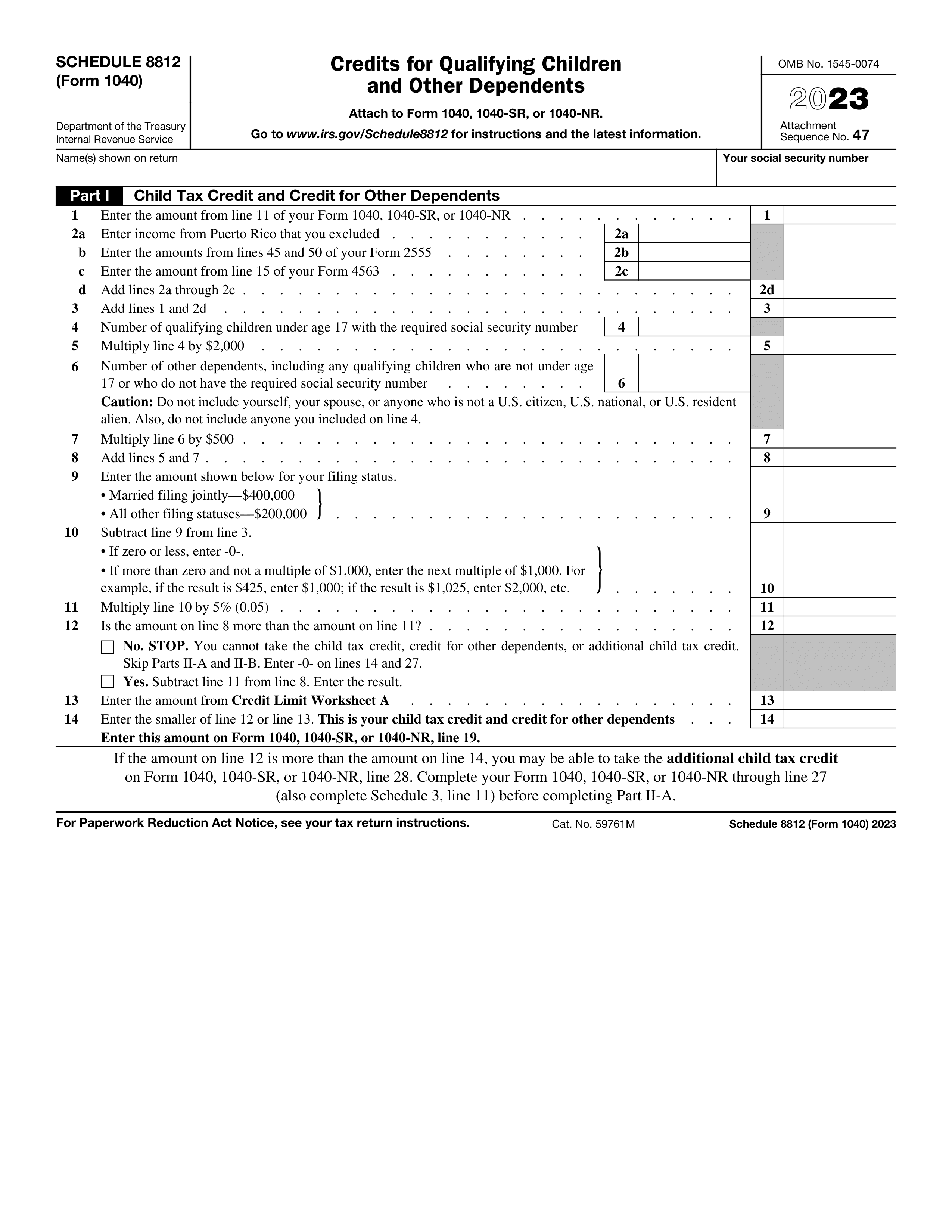What is Form 1116?
Form 1116, or the Foreign Tax Credit (Individual, Estate, or Trust), is an IRS form designed for U.S. taxpayers to claim a credit for taxes paid to foreign governments on foreign income. This form is crucial for individuals, estates, and trusts earning income abroad, as it helps reduce their U.S. federal income tax liability, preventing the burden of double taxation. By accurately completing Form 1116, taxpayers can calculate and claim the foreign tax credit, ensuring they receive the appropriate tax relief for their foreign tax payments.
What is Form 1116 used for?
Form 1116 is important for individuals, estates, or trusts with foreign income. Here’s what it’s used for:
- Claiming Foreign Tax Credit: To reduce U.S. tax liability by claiming credits for foreign taxes paid or accrued.
- Reporting Foreign Income: To report income earned in foreign countries and calculate the allowable credit.
- Avoiding Double Taxation: To prevent paying taxes twice on the same income, once to the foreign country and once to the U.S.
- Calculating Credit Amounts: To determine the amount of credit eligible based on foreign taxes paid and proportion of worldwide income from foreign sources.
How to fill out Form 1116?
- 1
Identify your eligibility as an individual, estate, or trust that has paid certain foreign taxes.
- 2
Convert any foreign currency amounts into U.S. dollars using the correct exchange rate.
- 3
Complete Part I by reporting your foreign income from different categories.
- 4
Enter foreign taxes paid or accrued in Part II related to the income reported.
- 5
Determine the allowable foreign tax credit in Part III based on taxable income.
- 6
Summarize total foreign tax credits in Part IV if applicable.
- 7
Attach any required documentation and ensure accuracy before filing.
Who is required to fill out Form 1116?
U.S. citizens living abroad, individuals with foreign-sourced income, and businesses are responsible for completing Form 1116. This includes estates and trusts that need to report foreign income and claim the foreign tax credit.
These groups use Form 1116 to help reduce their U.S. tax liability by accounting for foreign taxes paid.
When is Form 1116 not required?
Form 1116 isn't required if all your foreign-taxed income is passive, like interest and dividends reported on a 1099 form. If your foreign gross income is entirely passive and involves a qualified payee, you may not need to file. Additionally, estates or trusts that don't exceed the $300/$600 foreign tax credit limit are also exempt from filing this form.
When is Form 1116 due?
The deadline for Form 1116 is April 15th, the same date as your U.S. federal income tax return. If you need extra time, you can file for an extension, pushing the deadline to October 15th. Keep in mind, if you're claiming a foreign tax credit, you must submit Form 1116 with your tax return, even if you request an extension.
How to get a blank Form 1116?
To claim the foreign tax credit, individuals, estates, or trusts need Form 1116, issued by the IRS. Our platform has a blank version of this form pre-loaded and ready for you to fill out. Remember, PDF Guru aids in filling and downloading but not filing forms.
Do you need to sign Form 1116?
No, you do not need to sign Form 1116. This form is designed to report foreign income and claim the foreign tax credit, but it does not require a signature. However, it's always a good idea to check for the latest updates to ensure compliance. With PDF Guru, you can fill out the form, download it, and handle any further requirements outside of our platform.
Where to file Form 1116?
Form 1116 must be filed alongside your tax return. You have the option to submit it by mail or electronically through the IRS.
If you're claiming the foreign tax credit without Form 1116, write "French CSG/CRDS Taxes" in red at the top of Forms 1040-X and include the relevant Forms 1116.

